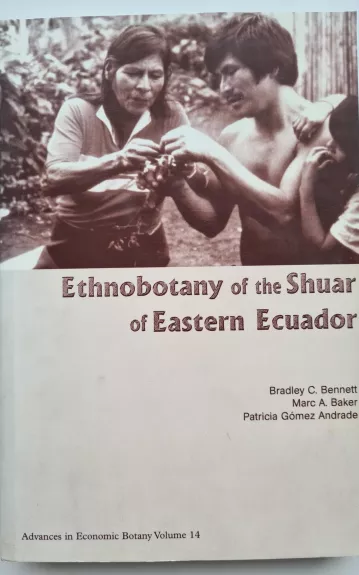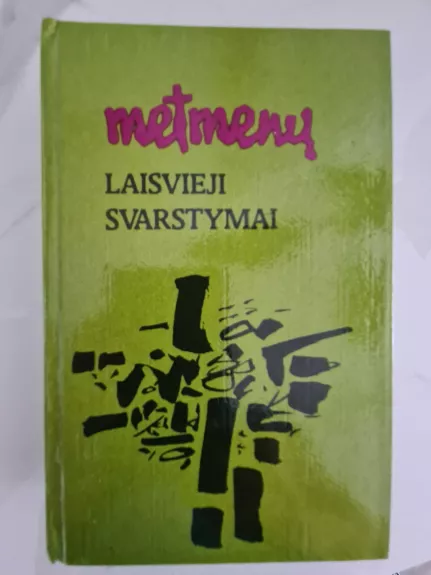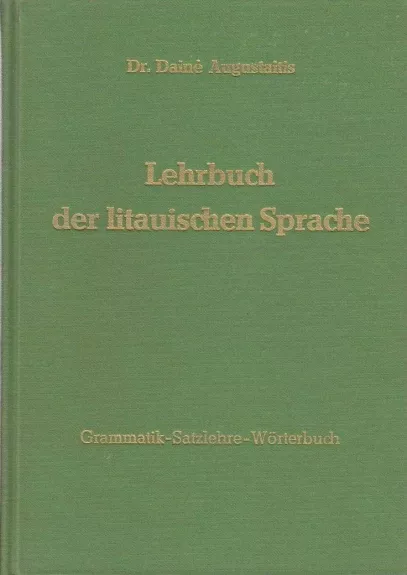
Ethnobotany of the Shuar of Eastern Ecuador (Advances in Economic Botany Vol. 14)
This title is volume 14 of Advances in Economic Botany. Amazonian Ecuador, an area roughly the size of England, supports both a diverse flora and ethnic population. Approximately 3,000 plant species are known from the area. At least 17 and possibly as many as 26 distinct cultural groups lived in the region before European contact. The Shuar are one of eight ethnic peoples currently inhabiting this region. They are among Ecuador‘s most important and influential ethnic groups and constitute Amazonia's second largest indigenous population—roughly 40,000—but until now there have been no comprehensive studies of Shuar ethnobotany. Amazonia's native people use much of the region's plant diversity, about half of which have been documented as to Shuar use. The Shuar have survived a century of colonization. Unconquered by the Incas and Spanish, the Shuar now face a more subtle threat—that of cultural erosion. Despite the onslaught of deforestation and acculturation, the Shuar have maintained many aspects of their traditional practices especially the use of wild and cultivated plants. They have also begun to record their traditions. This volume provides a wealth of information about climatic data, previous ethnobotanical studies, description of the area, and Shuar ethnology and history. The authors identify 579 species of plants used by the Shuar, making this work one of the most comprehensive ethnobotanical surveys of any Amazonian culture. Although this represents roughly only half of the plants used by the Shuar, it is a good baseline for further research.










